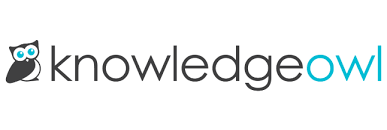Conference Speakers¶
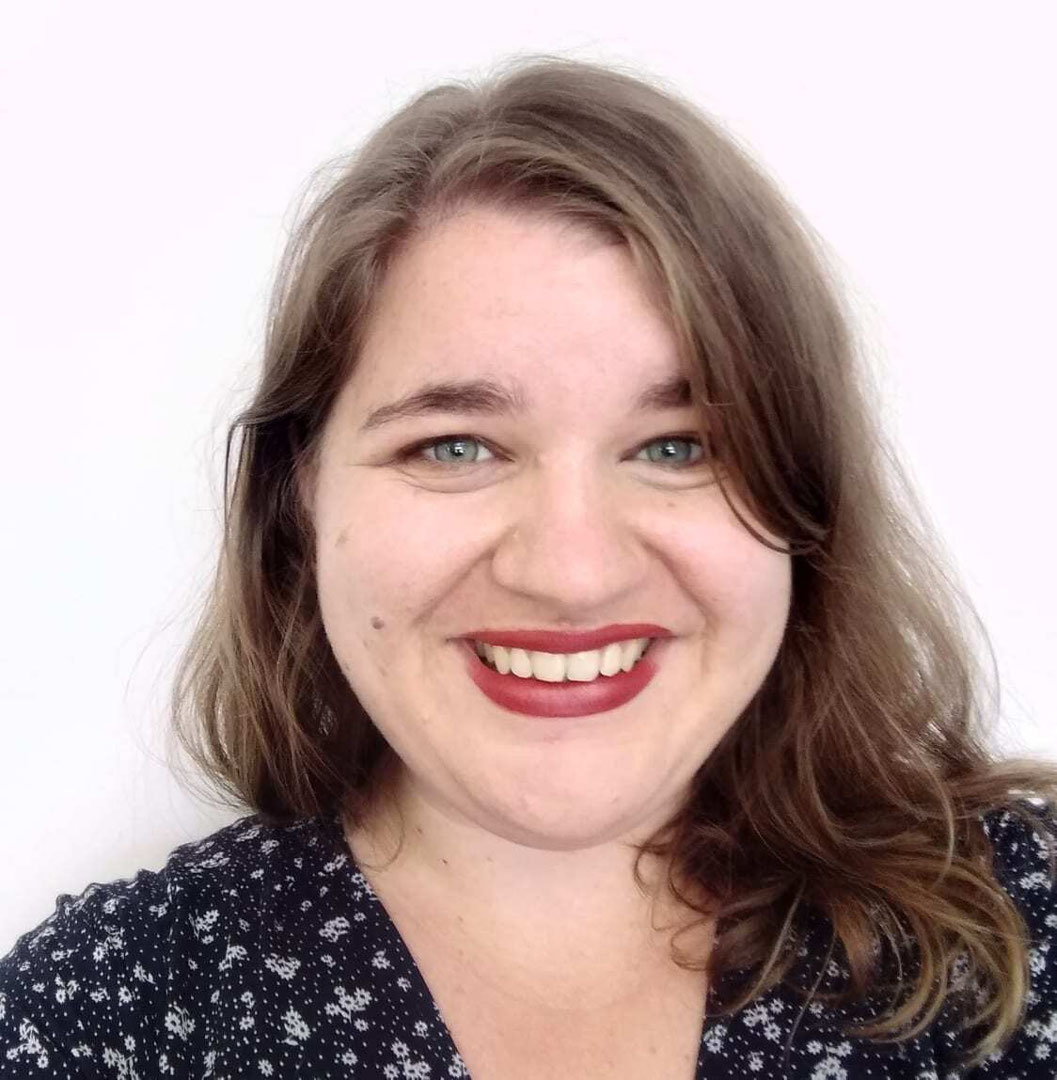
Leisa Taylor
Museums to docs: managing the unmanageable documentation
As a museum consultant, I triaged difficult (and sometimes dangerous) collections. Museums I worked with managed tens of thousands of items. Every item has a database record containing every scrap of information known. Museum staff have to care for the physical item and its digital counterpart. Despite this massive responsibility, museums suffer from a lack of resources, staff, and time. Sound familiar?
When I start as a technical writer - often in a newly established role - I try to assess the state of the documentation. While contemplating the mess, I find myself transported to another time. Where the mess was discovering another storage space filled to the ceiling with objects of all sizes and shapes. Fragile lace doilies on engines and delicate glass valves that are probably radioactive. And the pièce de résistance? A mannequin lying face down in a puddle of water from the latest roof leak.
My mess has become documentation instead of objects but museums taught me how to manage the unmanageable. Surprisingly, there are countless overlaps between museums and docs. Some that I want to share include:
- Audit/inventory management
- Knowing what to throw away
- Standards and style guides
- Managing historic mistakes or blank spaces
- Why I still can't wear white to work
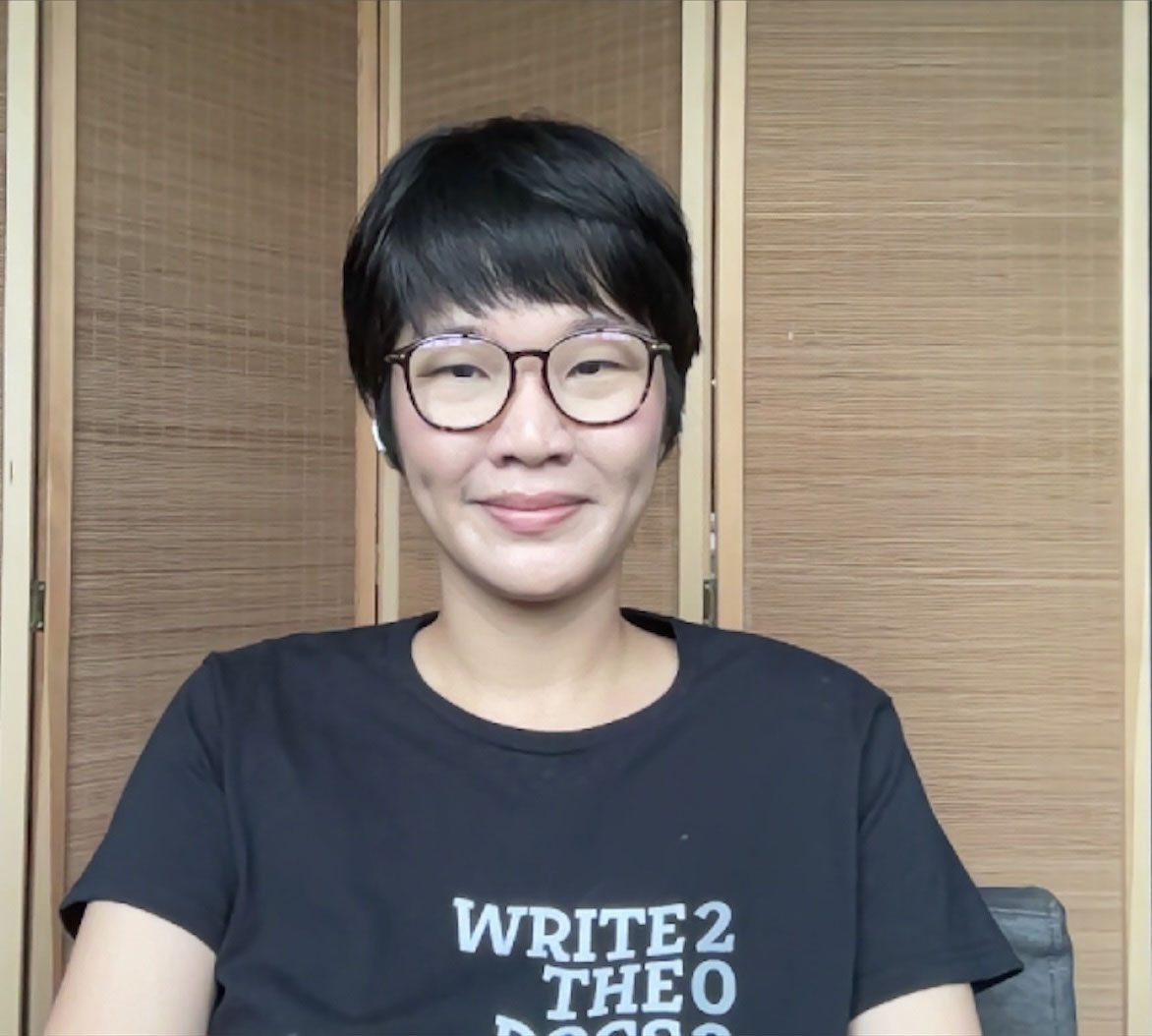
Shumin Chen
The evolving landscape of Simplified English for software documentation.
Simplified Technical English (STE) started in the aerospace industry, where it emerged as a solution to address language, communication, and documentation challenges. While it initially served the defence sector, STE’s inherent versatility and adaptability have made it remarkably relevant and applicable to various industries. This workshop explores the evolution of STE from an aerospace standard to its potential in revolutionising documentation practices in the software industry. By embracing STE, participants will gain insights into how this linguistic paradigm shift can help organisations across diverse sectors enhance clarity, efficiency, and comprehension in their software-related communication.
Check out the STE Workshop page for more detail.
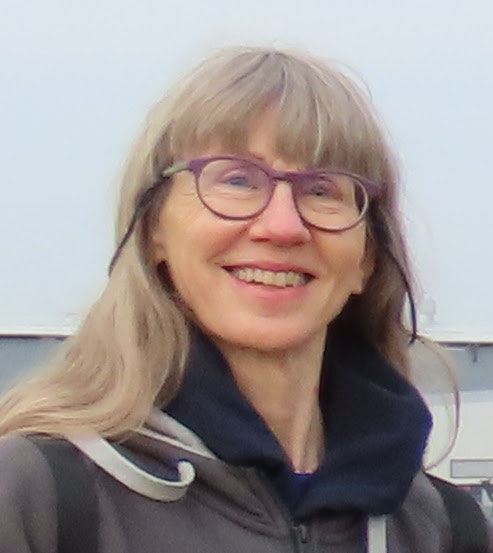
Sarah Maddox
Understanding AI and helping it understand you
Let’s take a practical, current look at AI, including ChatGPT and Bard. AI technology is fascinating, fast-moving, and slightly scary. This talk shares what I’ve learned about how AI works and how we can think about it in relation to technical documentation.
The takeaways are:
- Practical knowledge that you can apply when thinking about AI and its impact on our industry
- Excitement and delight
The talk will cover:
- A quick introduction to machine learning (ML) and artificial intelligence (AI)
- What’s special about Large Language Models (LLMs) in comparison with other ML models
- How companies are using LLMs to augment the information experience
- Prompt engineering as a way of helping an LLM understand what you want from it
- Embeddings as a way of helping an LLM use your docs as a trusted source of relevant information
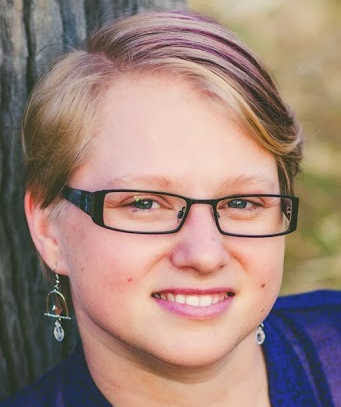
Lana Brindley (she/her)

Steve Kowalik (he/him)
I will survive (weren't you the one who tried to hurt me with "Goodbye"?)
Inspired by the disco-classic by Gloria Gaynor, Steve and Lana discuss the various job rejections they've experienced over far too many years, with hair-raising stories from friends and colleagues, and examine the reasons why employers treat us like we'd crumble, how you can grow strong, and learn to get along.
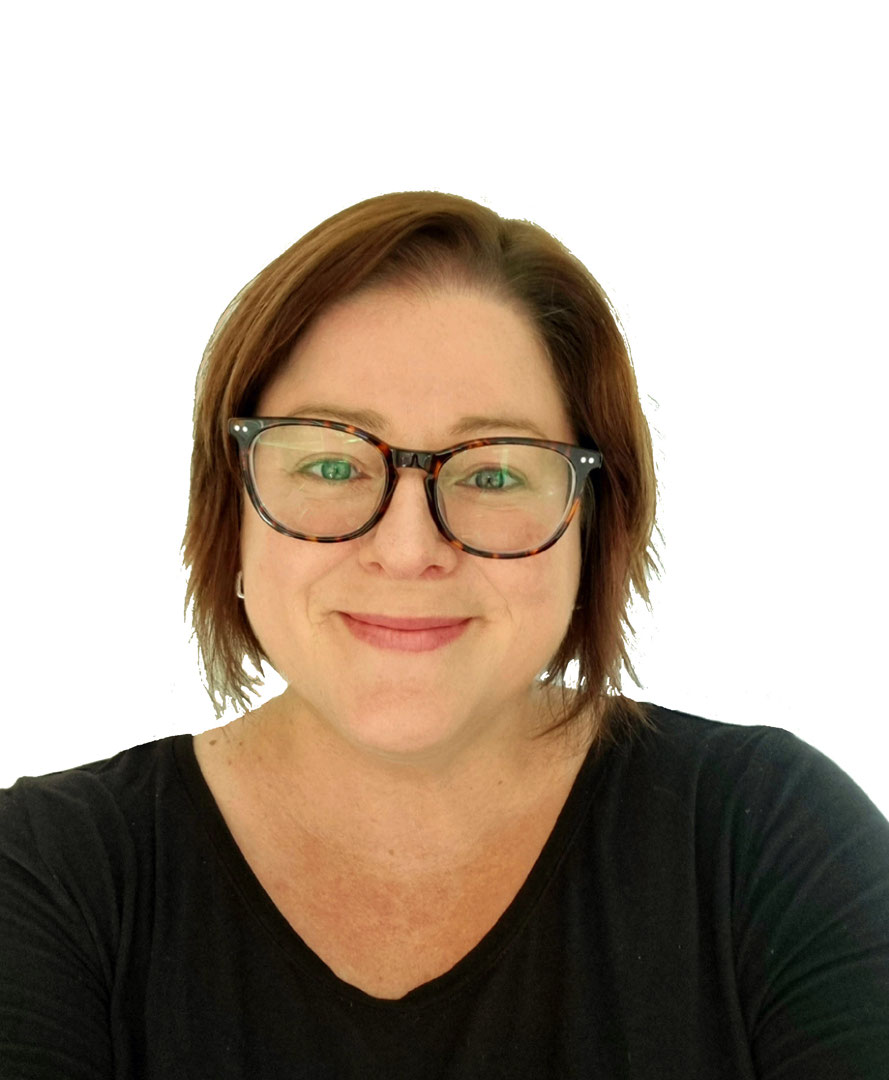
Claire Mahoney
What if you went back in time and all you found was pie?
It seems to be a regular wish of content designers and technical writers everywhere to go back in time and be there when the big decisions get made. We want to have a seat at the table and be part of tooling choices, strategy discussions, product planning, naming and style decisions, designing, etc. Some of us are there in those moments, but many of us arrive after all that has happened and inherit conditions and problems that started way before we did.
Working in a startup might seem like an opportunity to go back and right all those wrongs, to start with a clean slate, and an open road. But it's not quite that simple. I want to share my experiences as a solo writer in a hectic startup, writing the docs, the UI, the comms, the blogs, the everything. And to get the audience thinking about what ideal writing conditions look like for them, and why they should stop dwelling on what cannot be changed or prevented, in order to be a more resilient writer.
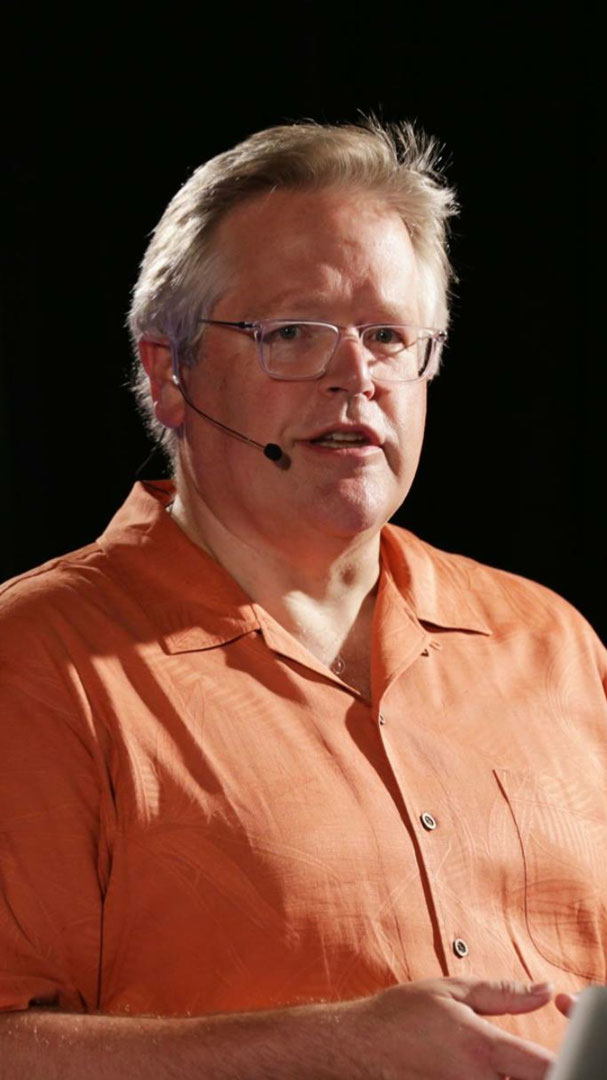
Paul Gustafson
Improving Documentation at Scale
Imagine your job is to help a software project produce high-quality documentation. The current documentation is incomplete, confusing, out of date, and poorly organized. While the leaders of the project recognize the current documentation slows adoption by new users, and impedes potential contributors, it's not clear what needs to be done or who can do the work.
Now, multiply that challenge by 170+ software projects.
This talk introduces a new program designed to tackle exactly that challenge. The session will describe the program, and highlight practices relevant to any organization struggling with technical documentation, whether open source or not. It will also explain how writers everywhere can benefit from the lessons learned.

Rhiannon Hall
Advocating for digital accessibility with empathy
For projects in any field, accessibility is an essential part of both development and the end product. Unfortunately accessibility is often an afterthought in design processes, and a lack of clear and effective documentation can be a contributing factor.
Our team supports learning and teaching staff at a university with a repository of resources and blog posts (which are also publicly available), and accessibility is an area of focus for us. In higher education, inaccessible content can have profoundly negative effects for students, ranging from poor learning experiences to increased rates of non-completion for students with disabilities.
Our approach to creating documentation for accessibility brings together learning and teaching practitioners, content designers and students with lived experience of disability to encourage empathetic practice of accessibility principles. We combine clear instructive content, real-life examples and student-created content to emphasise the benefits of accessible practice for all students and the impacts of inaccessibility. While our context is in higher education, this approach can be applied in many different fields and scenarios that require documentation.
This talk will cover:
- Our co-design process with students, and including people with lived experience
- Using a range of content types to educate about accessibility (including articles, supportive and instructional documentation, and video)
- Helping users connect their accessibility practice with real world outcomes
- Writing guidelines that are easy to follow for those who are new to accessibility
- Encouraging accessibility compliance as best practice to benefit all users
- Inclusive and empathetic communication for different projects and contexts
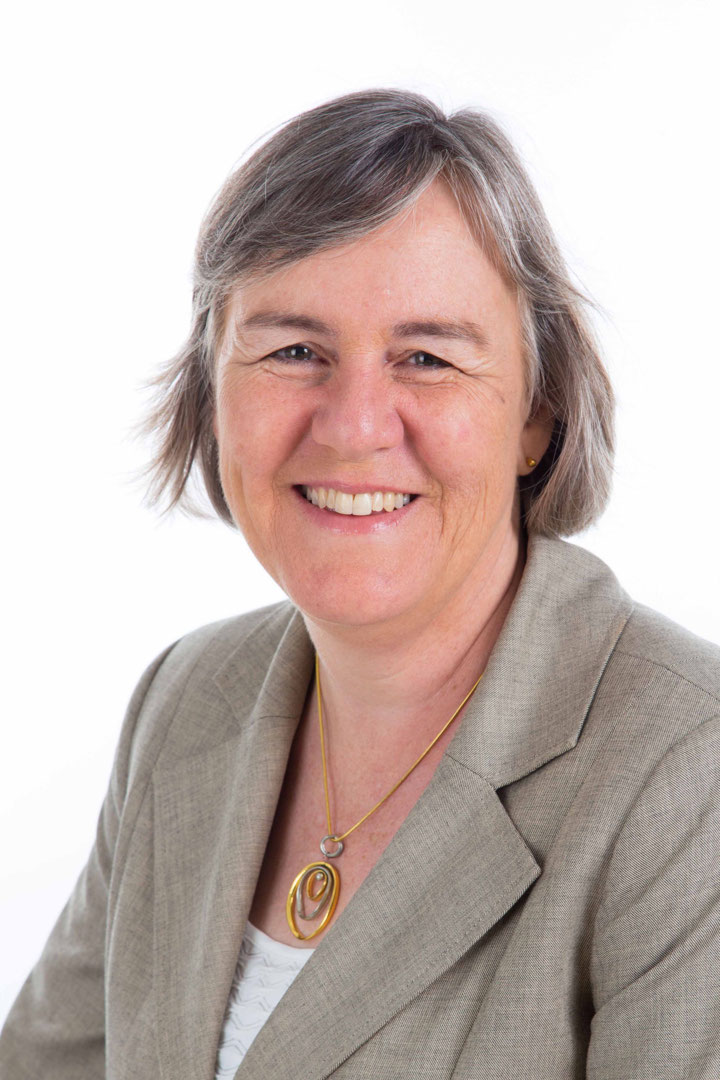
Yvonne Perkins
Positive Learning Environment at Work: Equipping everyone to succeed at writing docs
In many workplaces, people who do not see themselves as writers are required to write technical documentation. Engineers are often required to write the first draft document which may or may not be refined in a subsequent review by a technical writer. Part of the lack of importance given to writing documentation by some engineers may be due to them feeling uncomfortable about writing. Some engineers may have had negative experiences with writing in the past. In some cases, their negative perception of themselves as a writer can impact their performance when writing technical documentation.
The workplace can be conceived as a learning environment. This learning environment needs to help people of all abilities to succeed and needs to recognise that negative self-perception and negative prior experiences can be a significant impediment to success. Drawing on research from the adult-education sector and other sources, I will explore how we can adopt a ‘growth-mindset’ view of ourselves and our co-workers instead of seeing people as having deficits in abilities. On this foundation, I will then open a conversation about what practical steps, aside from formal training, can be implemented in the workplace to help everyone feel that they can succeed as writers.
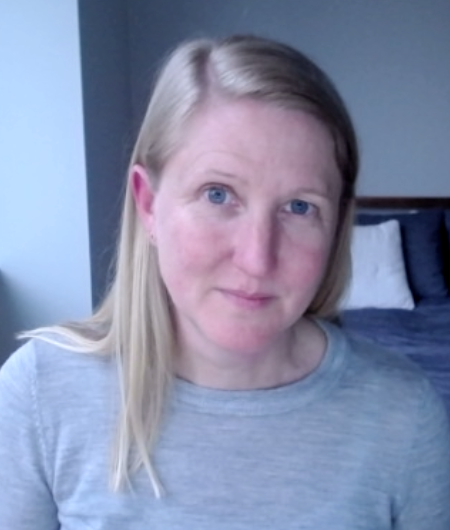
Janet Revell
#worthit: Refactoring product-centric docs into task-based content
"I'm not here to learn about your product. If your documentation doesn't answer my question or solve my problem, I'm not interested." That actual quote from an actual Site Reliability Engineer neatly summarizes my goal as a Tech Writer at early-stage start-ups: my job is not to describe your product, my job is to help users become successful and confident using your software. And yet, my nearly 20-year career in tech writing and management has focused almost entirely on requirements that demand product-centric documentation that exhaustively explains the parts, but fails to prescribe how to use the whole.
After countless doc plans and earnest entreaties to approach new documentation projects from a user's task-based perspective, I finally found myself with an opportunity to write content that answers questions and solves problems. I'd like to tell the story of how I refactored a complete set of software documentation from "bland" to "much better" in a docs-as-code environment in which I focused squarely on what the users need to know, not on what a company wants to say about their products.
I'll describe how I managed to coax my product management and engineering colleagues into reimagining the documentation, how I organized the practical steps to incrementally implement the changes, and I'll discuss the early feedback from users about their experience with a different kind of documentation.

Renee Carignan
Find the frequency: metrics for better docs and happier readers
When it comes to quantifying the "success" of documentation, trying to use metrics to figure out if your docs are actually helping people can be a daunting and frustrating task. Most analytics tools were built primarily with marketers and product managers in mind, and sorting through the near-infinite analytics features has lead many a documentarian to spend too much time tuned into metrics that don't result in any tangible docs improvements.
In this talk, I'll share my insights into which metrics can provide the most value for you as a docs writer based on my 4+ years leading the docs team at a product analytics software company. Through lots of trial, error, and writing meta-docs about analytics while grappling with them myself, I managed to suss out several metrics which consistently resulted in tangible docs improvements that made us (and our readers) happier.
By the end of this talk, you'll have a handy list of metrics which may prove beneficial for your team, and a strengthened intuition for when a metric is simply noise to tune out - and what may be worth tuning into.
